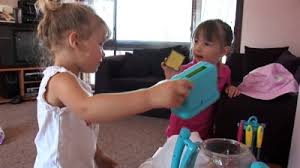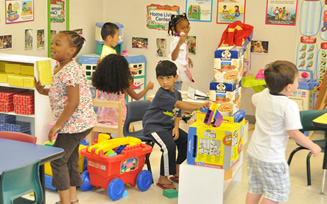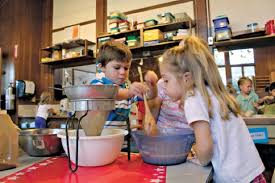Think for a moment about the following two statistics:
About 195 different countries exist in the world today.
According to the U.S. census bureau, the United States’ population includes individuals and families from 150 different countries.

Japan 1
Our preschool is excited to welcome families from all over the world. We have the honor of welcoming a family from Japan. In order to prepare our school for becoming culturally responsive, we will…
We hope that these preparations will benefit both us and the family by…
Creating a secure and supportive environment that is respectful and welcoming. Providing the families with a handbook with information about our school in their native language if needed is a great way to open communication with families.
Communicating with families to help better the relationship with the child so we can better support the child in the classroom. Asking questions in an intake interview to get to know the family and child. Understanding personal relationships with the child will better help the school to understand not only the child but the family members.
In the classroom provide rich materials that are related to the Japanese culture. Having materials such as books, music, dolls, figurines, block people, props, puzzles, art materials, wall hangings, and other materials that are familiar in the Japanese culture will not only allow others to learn about Japan, but to help the family to be familiar and welcoming, with an understanding that we also want to know more about them.
Encourage families to attend activities outside of the classroom to help build relationships with other families. Providing all of the school’s families with a chance to collaborate and get to know each other is a great way to unite families and relationships. Parent training, ice cream socials, movie night, art night, and even school picnics are a great way to support families in building relationships as well as allow time for the teachers to get to know the families.
Create a resource library with materials in a variety of languages. Providing a variety of reading resources to better support families will allow them to have convenient materials they can help to support their family and build relationships with each other that in turn provides better support for the child in school.
Why?
We hope that these preparations benefit the family and our school by allowing us to communicate collaboratively and work together at supporting children in educating them and learning about others along the way.
References:
Derman-Sparks, L., & Edwards, J. O. (2010) Anti-bias education for young children and ourselves. Washington, DC: National Association for the Young Children (NAEYC). pp. 28-30
























